"For real-time plugins, it’s very hard to do something effective with AI. It’s very good at big brush things”: Leapwing Audio on their stable of forensic mix plugins
Leapwing's intuitive, incisive plugins let users perform forensic mix surgery with ease and emulate the tones of iconic producers.
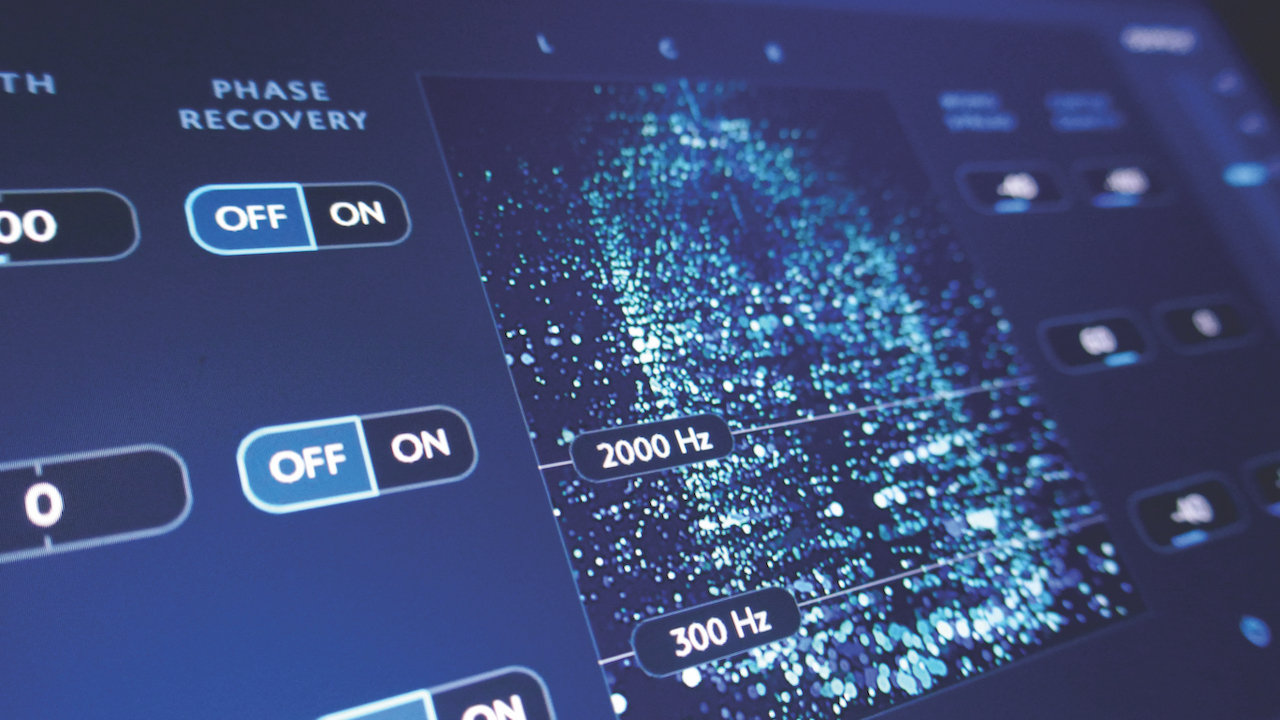
PLUGIN WEEK 2025: One of the mixing world’s most prolific software innovators, Leapwing Audio’s incredible range of intuitive, incisive plugins have let users perform forensic mix surgery with ease, with the company’s sideline in emulating the tones of iconic producers merely the cherry on the cake.
Last year, within the pages of Computer Music magazine, we gave Leapwing Audio's Robin Reumers a call to find out more about the ethos of the company. We've re-published it here to mark Plugin Week 2025:
Firstly we must talk about StageOne 2. It’s such a 21st-century plugin, with its superb stereo visualiser and the smart phase-recovery algorithm really changing the game for a lot of people. Was saving people time and headaches a big motivation with StageOne 2?
“Yes. That’s been the goal from the start. When we began Leapwing Audio in 2015, we felt there were two types of plugins. There were ones that were very easy to use but didn’t sound very good. They were phasey and very new at that point, and the other ones were super-complicated, and you needed to go through pages and pages of things to sound good.
“So, our original goal was to make plugins that are easy to use, have a few controls, but under the hood there are a lot of things that we’ve fine-tuned and considered. So it’s easy to make mixes sound better. That was always the original goal.
“With that, we also want to keep innovating – we don’t want to just build another regular compressor like everyone else. That’s been our focus point in the last eight or nine years almost.”
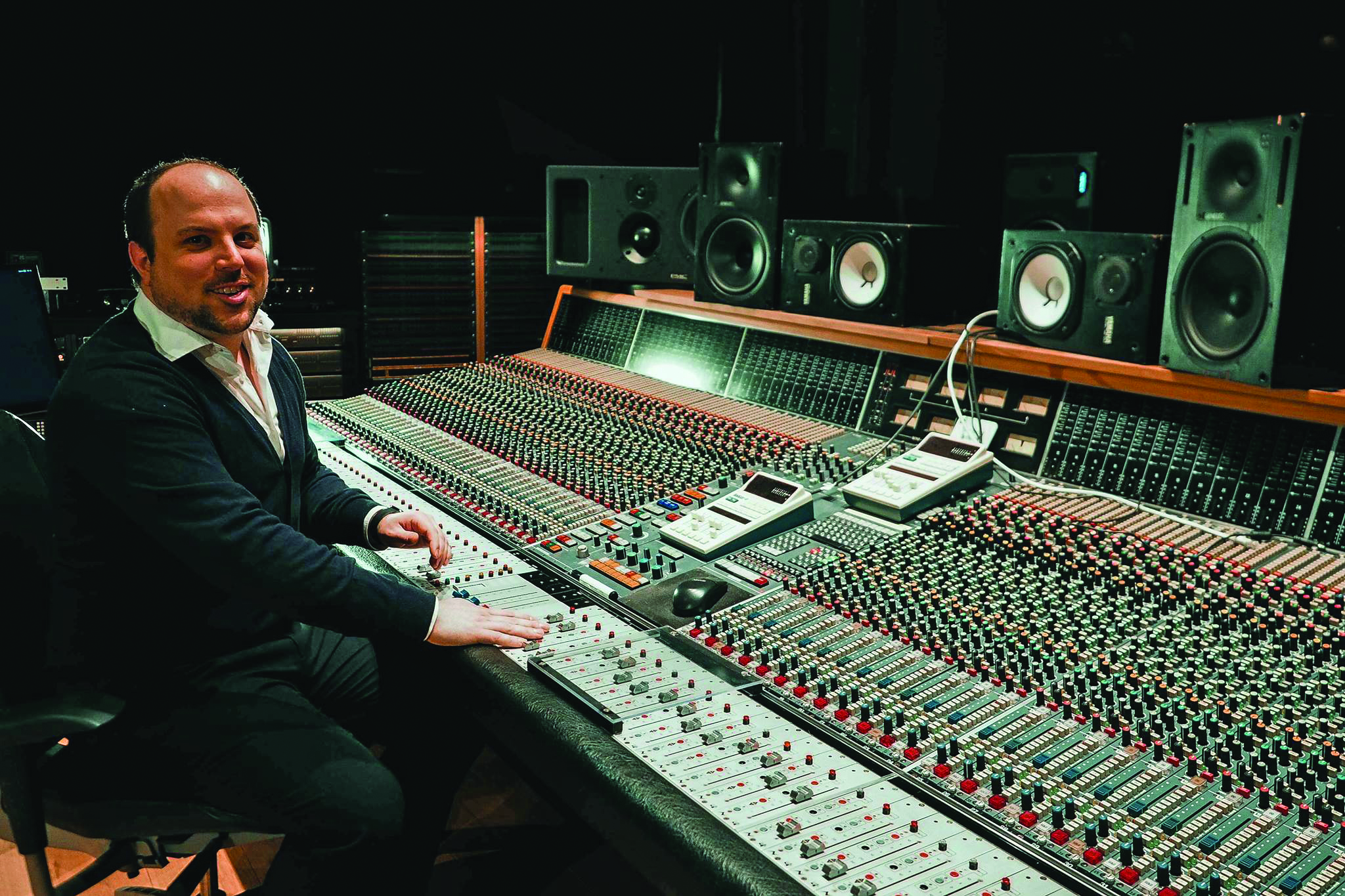
How quickly after v1 did you guys start making StageOne 2?
Want all the hottest music and gear news, reviews, deals, features and more, direct to your inbox? Sign up here.
“It took some time. What we’ve always known is that when we’re building one plugin we’re learning for the next one. When we made CenterOne, a lot of those ideas helped us to build StageOne. Then RootOne helped us with different ideas of how to do things, and getting DynOne 3 out gave us new ideas and that really evolved again into the ideas for StageOne 2. It’s always been kind of iterative.”
“That would be one of the benefits of being a small company: we don’t have those fixed release dates where we’re panicking because we have to release something in three months. That forces people to have something ready, even though it might not be great yet.
“With us, we don’t release anything unless we’re really happy with it. Some products we’ve been working on for two years and we get nowhere with. Maybe we’ll make a breakthrough next Monday, or maybe it’ll be next year. That’s what we’re like, effectively. We like to experiment and find new ways and sometimes they work, sometimes they don’t.”
What are some of your favourite things to do with StageOne 2 that the first iteration wasn’t able to do?
“I think for me, the best thing about StageOne 2 is the multi-band approach, so you can have three bands you can tweak individually. With the first StageOne we really tuned the algorithm to work well across the frequency spectrum. But, of course, in certain cases that is a bit limiting because you might not want to fully stretch out the low end or you might want to not touch the high end and just focus on the mid-range.
"When I’m mixing, that’s something I want to do often. The low mids become super boxy when you’re summing a lot of instruments. For me, that’s been the biggest aspect that’s improved when using it. They’re things that previously would have required me to be more subtle, now I can go more extreme because I’m only only dealing with a certain frequency range.”
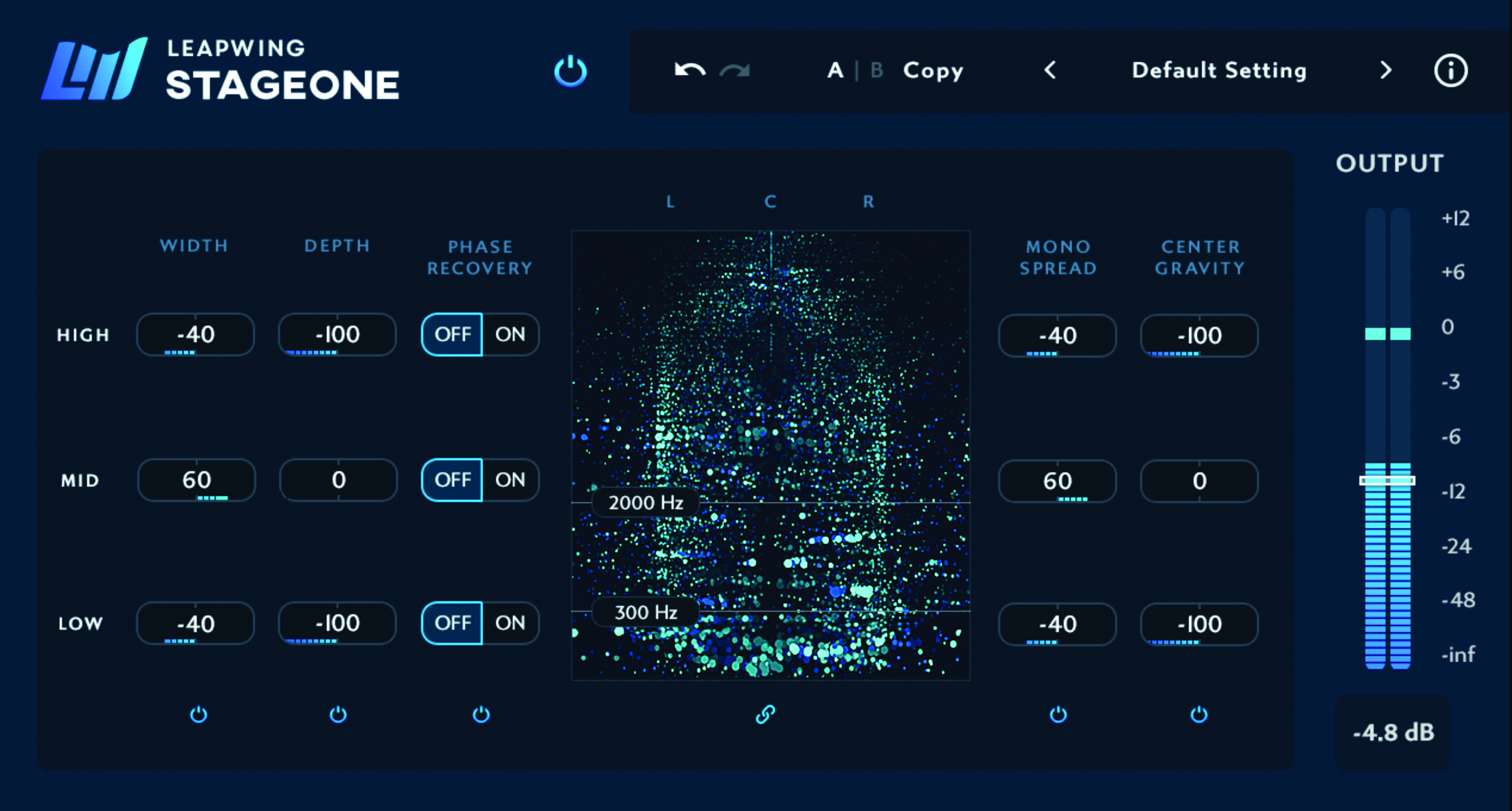
Do you conceptualise your ‘One’ series of plugins being used in-tandem by producers, and how much direct conversation do you have when developing in terms of what features you add/tweak?
“Yes. I don’t think we’ll ever put them all into one plugin as that’d be so extensive. With DynOne, for example, we’ve had conversations where we’re at a loss as to what more to put into it.
“Anything more that we then put into it was going to make it impossible to use because it’s just so fully-featured already. I do like how things are interconnected. We’re slowly building this Leapwing Audio ecosystem of tools that can do anything you want when mixing.
With us, we don’t release anything unless we’re really happy with it
“We talk to producers a lot. At its core, Leapwing is just the three of us, myself, Jeroen Dreessen and Emiliano Caballero. Emiliano’s main focus is to work with producers and engineers to get their feedback. He also works in the industry so he has a lot of contacts. I also try and do that myself with the contacts I have in engineering and production.
“I also work in a studio, so whenever new people come by I ask them about their thoughts on Leapwing Audio’s plugins if they’ve used them. We’re definitely always trying to keep on the lookout for new tools, and other plugin companies that are doing new things. That also inspires us. It’s not just our own tools that inspire us but the development of the market as a whole.”
How big is the team, beyond the core of you three guys?
“In total I’d say there are around 12 of us, but not all are full-time. Mostly part-time. Our development team and marketing team are part-time. But in total, working on each project, there are 12 people.”
How did Leapwing Audio first get off the ground?
“Well, all three of us originally worked at Galaxy Studios in Belgium. Jeroen was working on 3D audio, I was CTO of the studio so I was in charge of all the technical stuff, and Emiliano worked as an engineer. At some point in 2015, I had the idea of the multi-band compressor that I just wanted to build for myself. I thought at that moment there was nothing on the market that I felt sounded good in software.
"The only thing that worked for me were hardware compressors, like the TC Electronic Music 6000, but that cost around $15,000. It was crazy that there wasn’t a plugin that could do something similar, especially with CPUs getting better and better. That kind of got me thinking and I started just sketching some designs. I came back and spoke to Jeroen first, I just said, ‘hey, maybe we could work on this together’. We realised we were both quite introverted and needed another person who could actually talk to people!”
“We spoke to Emiliano and the three of us then came together and created Leapwing. Initially, the first year was just building stuff, going through the experience of building and learning each day. I think the first person who I asked for their opinion was Bob Katz. He was my mentor. His ears are obviously the ones I trust the most. We sent it to him and I was convinced he’d find something wrong with it. He came back and said that it was the best-sounding thing he’d heard. At that moment it made sense for us to build the company and start thinking about selling what we were doing.”
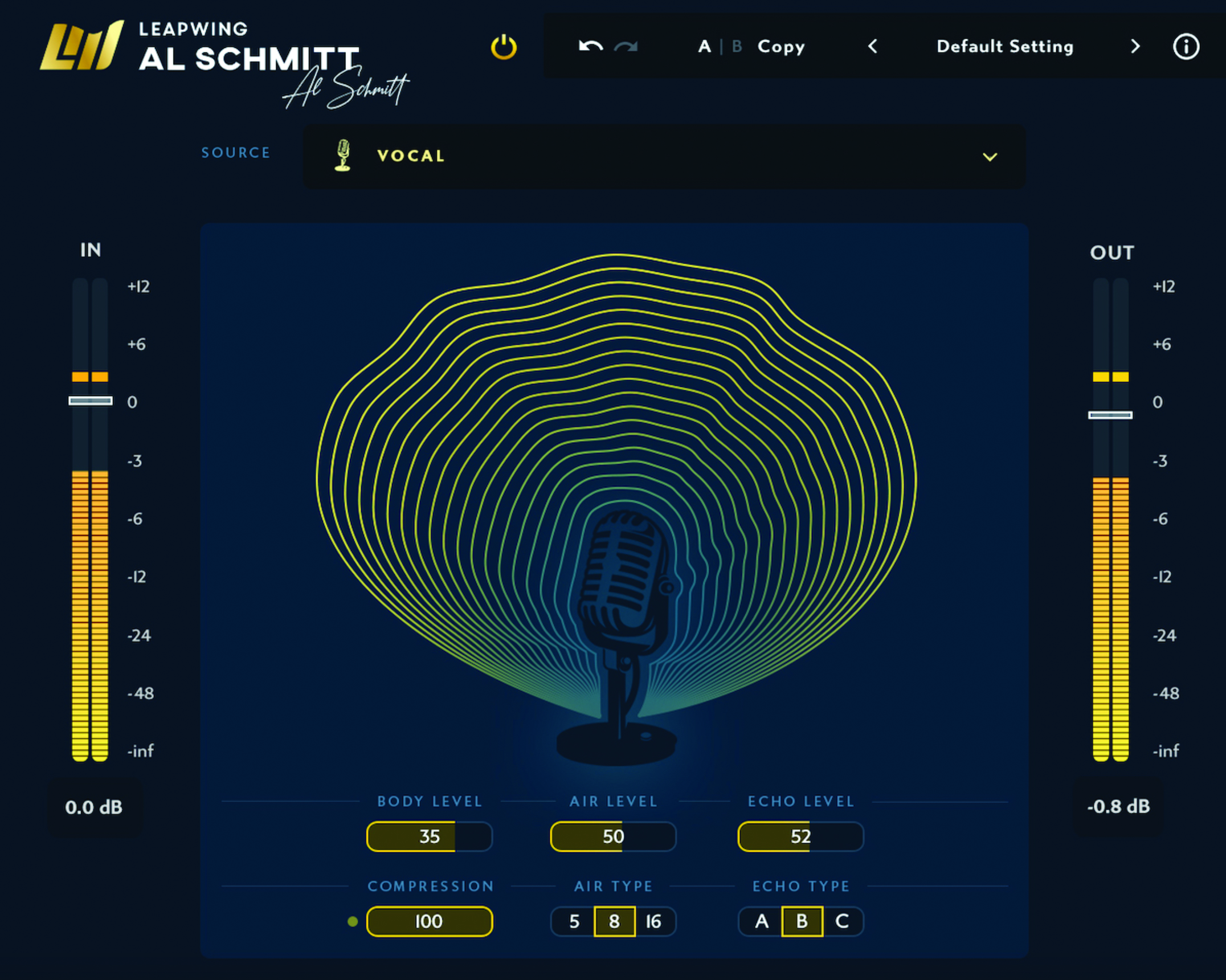
The Al Schmitt plugin was a real fave of ours. His passing recently of course made us value its sonic character even more. What initially prompted you to choose Al as the first of your featured Signature series producers?
“He actually reached out to us! This was two years before he passed away. We were at a charity golf tournament in LA. He came over to Emiliano and said that loads of plugin companies had asked him to build a plugin but he wasn’t sure how to do it. But he wanted to do it and do it with us guys. Emiliano and I were close to AI. He trusted us. Prior to that, we had no intention of doing a signature series, but we weren’t going to say no to Al.
“Then we started working on it, and investigated how to best capture what he did, which was a challenge in itself, but a lot of fun.”
How much of that development process was sourcing the gear that Al used, and how much was based on his actual methods?
“I’d say probably 70% of it was gear and 30% process. More than the gear itself, it was seeing what effect the gear had. For example Al had a vocal chain which included a Fairchild and a Pultec. So, any vocal he did would run through that. We wanted to see what it is that this gear is doing to the vocals. There were specific qualities about the units he used: with coloration and harmonics. So, we tried to analyse what it was about the things he likes in his chains. We’d look at the recall sheets to see what he had done. We’d just piece together the puzzle of why he reached for some things all the time, and why he did what he did. Then, we distilled it all down into one plugin.”
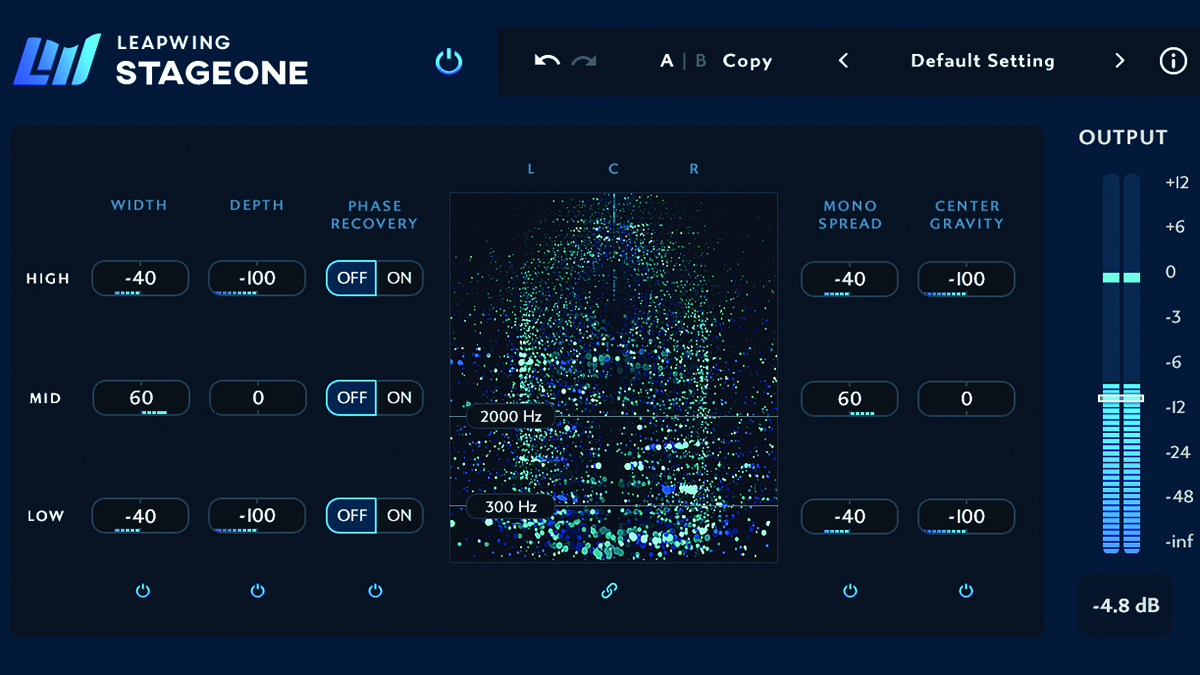
It was a great way to bring those legendary characteristics to the modern in-the-box producer’s toolkit. It was the first in the ‘Leapwing Signature’ series which of course continued with Joe Chiccarelli. How different was the process of making the Joe plugin?
“It was actually a lot more challenging because Joe uses a lot of gear, I would say six times more pieces of gear as Al. With Al everything was very subtle and also when we analyse things with Al we were analysing harmonics at -50dB. It was more about those kinds of things, with Joe who operates in more of the rock music domain, he goes much less subtle. That was definitely a challenge. He doesn’t do the same thing all of the time, so how can we still find things that always work. It was definitely harder in terms of the amount of gear we had to analyse.”
“The cool thing with the Signature Series is that with Al Schmitt, we first released four profiles and then we added two later which we’d completed before he passed. There are even more that we might add to Joe’s in the future or might add as free upgrades.
“With Al’s, of course it’s harder because we can’t check and confirm with him that he approves them. I think that plugin is final now, but the rest of the Signature Series will have periodic updates.”
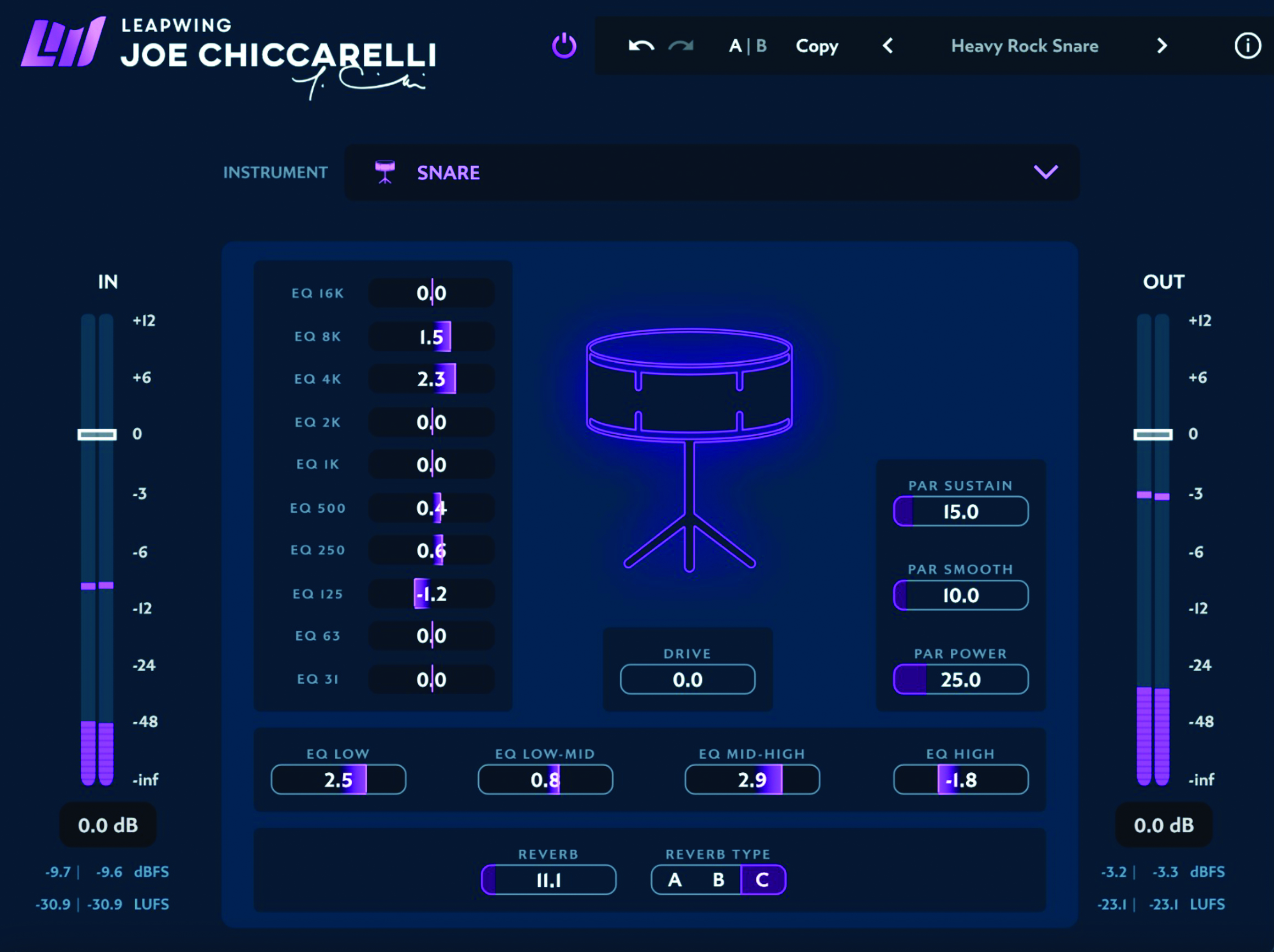
What can you tell us about Leapwing Audio’s upcoming developments – or more broad areas you might be moving into in the future?
“The next year will be focused on more updates to the One series. Then probably at the end of the year we’ll be going back to the Signature Series, but at the moment that’s where our focus is. We’ll do something in the dynamics space – something between the compressing, limiting, clipping area but I can’t be too specific. At this moment in time we don’t have anything concrete but we’re definitely playing in that area.”
What role do you see the development of AI playing in your software in the future, given that you already use smart algorithms etc?
“For us, I like AI a great deal in the development phase – it allows you to quickly analyse certain things, but also it can be quite unpredictable because it’s all based on the training set. If the training set is not big enough, it’s going to give you random results. It helps us to get a sense of the results of certain algorithms. You can use it to help you analyse the data. For real-time plugins, it’s very hard to do something effective with AI. It’s very good at big brush things.”
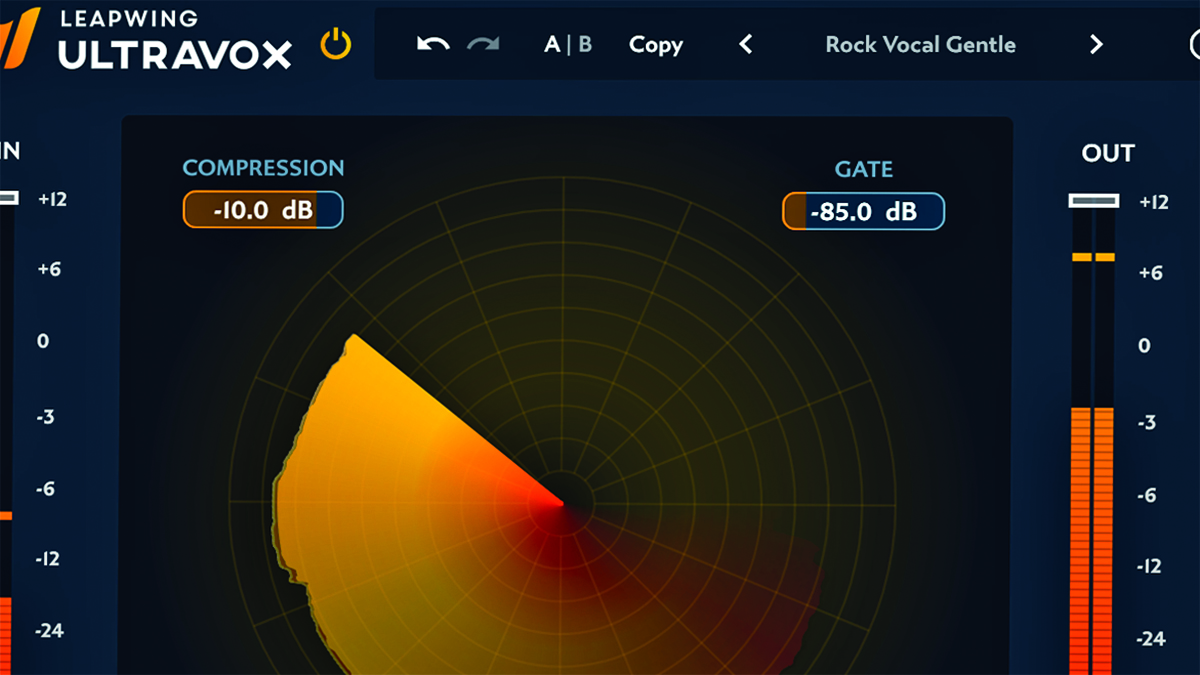
On that theme, what are your predictions for the next few years in the software end of the music production space? Do you worry that there’ll be less control and human options available?
“My big fear in general is that if there’s a lot of processing going on, even when you’re doing de-noising and things like that, artefacts aren’t present anymore. I do a lot of work with students and it’s interesting that they have a hard time spotting artefacts and things like phase issues and such. I’m worried that the more we use automatic tools that do a bunch of stuff then we over-process the music and things become kind of flat.
“When we record something, I always send it over to a great mix engineer. When they send it back, it always sounds amazing, but it’s not that they’re putting 50 plugins on it. They uses their tools really well. I’m hoping we stay in that and avoid the world of automatic mixing.”
“Other than that, I think the landscape is great for people who are starting in audio, having the tools to make something sound decent relatively quickly. That is the best part of this whole process. But for people who really want to go pro and make a living out of mixing, it’s sometimes advised to do less processing.”
For more info on Leapwing Audio, and to purchase some of their plugins, head to their official website.
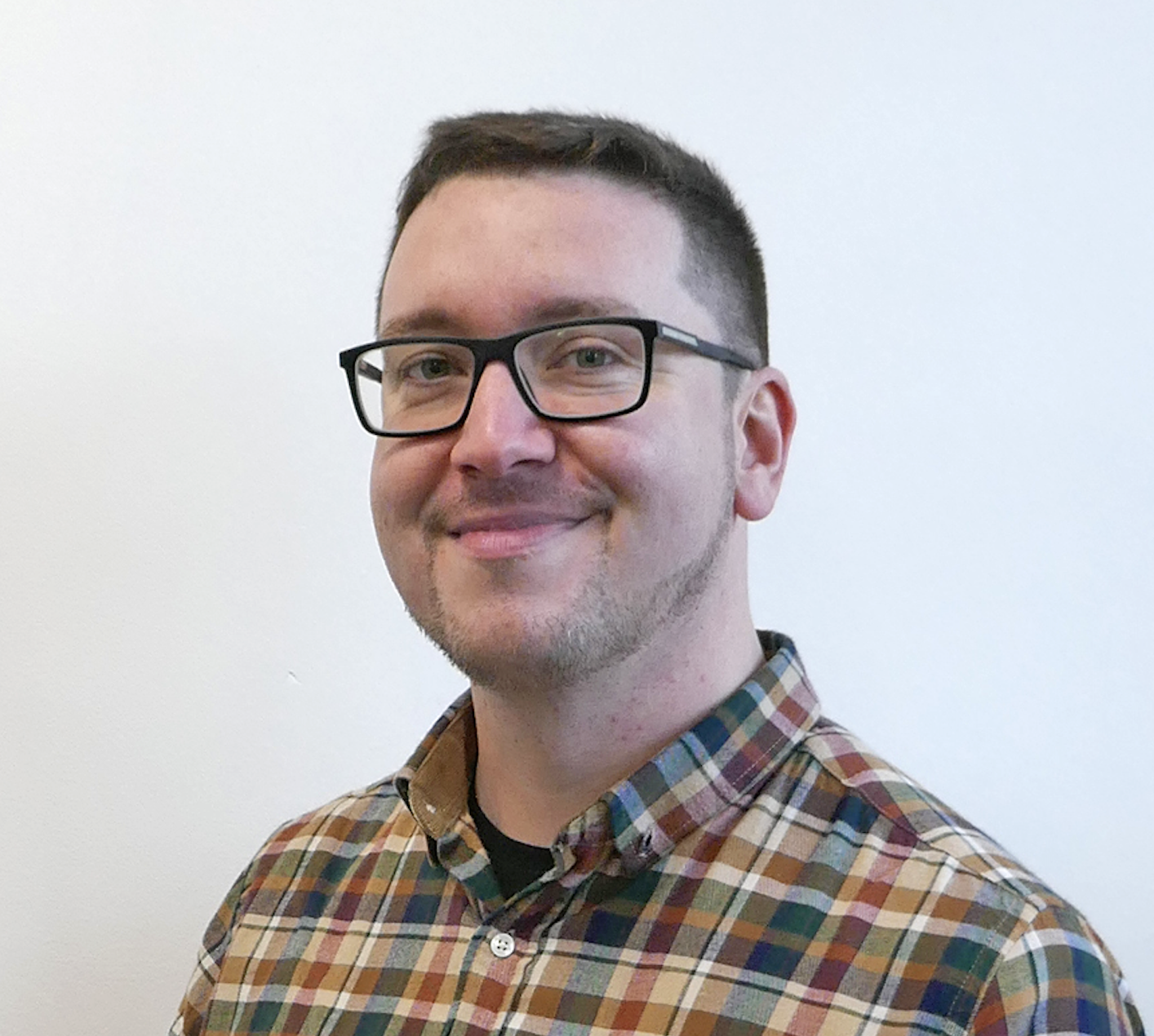
I'm Andy, the Music-Making Ed here at MusicRadar. My work explores both the inner-workings of how music is made, and frequently digs into the history and development of popular music.
Previously the editor of Computer Music, my career has included editing MusicTech magazine and website and writing about music-making and listening for titles such as NME, Classic Pop, Audio Media International, Guitar.com and Uncut.
When I'm not writing about music, I'm making it. I release tracks under the name ALP.
You must confirm your public display name before commenting
Please logout and then login again, you will then be prompted to enter your display name.